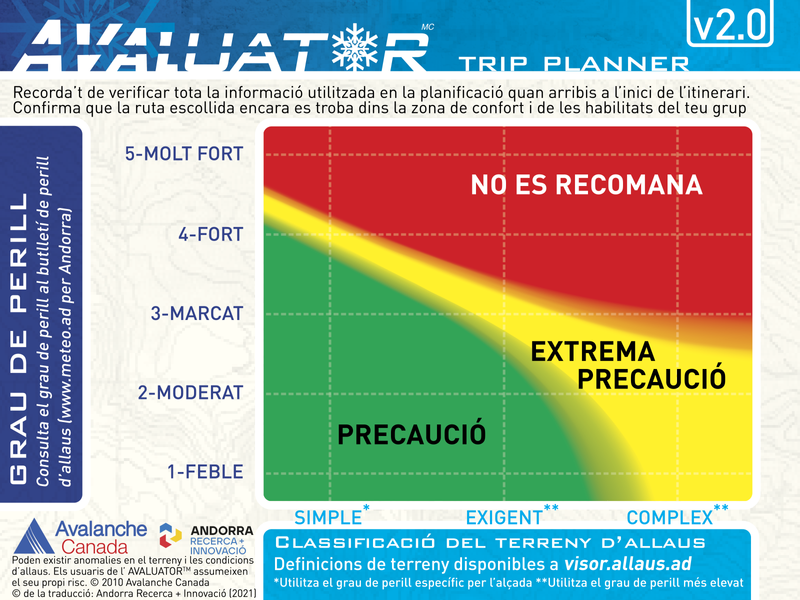Refugi del Comapedrosa i Estany de les Truites
General Description
Recorregut: Ruta lineal que transita per diferents camins (GR11 i camins comunals marcats amb punt groc).
Els camins estan ben marcats i la ruta passa per terreny sense gaires complicacions.
Observacions: Trobarem una font d'aigua en començar la ruta al berenador del Riu Pollós.
Atenció en estar en alçada i sense vegetació, a l'estiu la calor i la irradiació solar pot ser forta o molt forta, cal protegir-se.
Ascens: Sortirem de l'aparcament del Comapedrosa i anirem per la carretera fins al berenador del Riu Pollós, pujarem pel camí i després per la pista forestal en direcció al Refugi de Comapedrosa, camí assenyalat amb GR11 (marca blanca i vermella), aquest tram de camí anirem tota la primera part per dins del bosc i la segona part ja sense la protecció dels arbres, un cop arribem al Collet de Comapedrosa agafarem cap a l'esquerra per pujar fins al Refugi Comapedrosa, d'aquí només hem de caminar un tram pla per arribar davant de l'Estany de les Truites.
Descens: En la baixada seguirem el mateix camí de la pujada, amb l'opció d'anar l'últim tram per dins del bosc i evitar passar per la pista forestal.


 Routes and points of interest
Routes and points of interest  Agenda and events
Agenda and events  Online Store
Online Store  Information of Interest
Information of Interest  contact
contact 


















